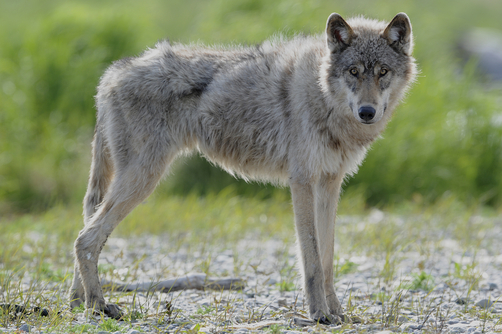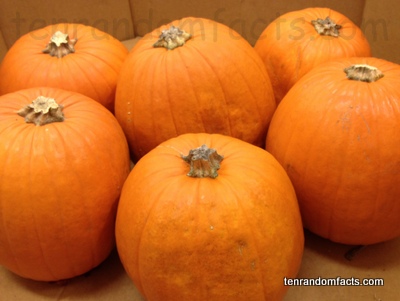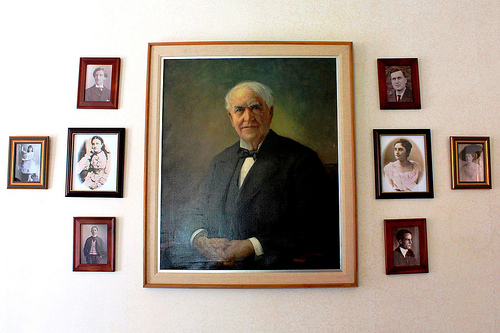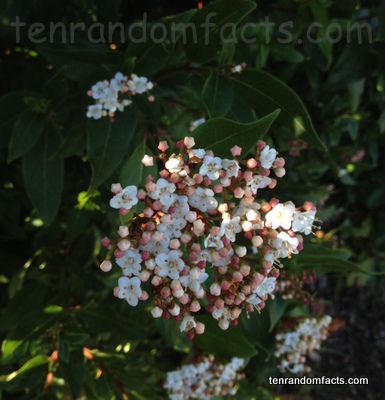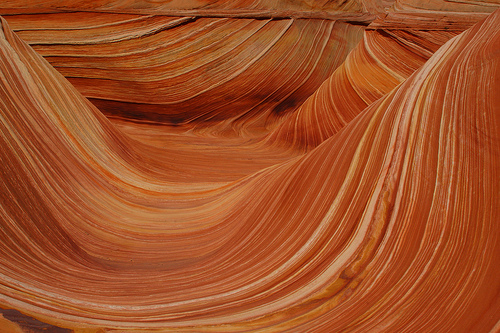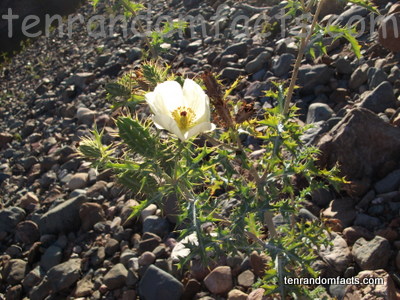
This prickly poppy is not so delicate.
- Prickly poppies are 32 species of generally prickly, herbacious plants often found in bushes, deserts and near rivers.
- ‘Argemone’ is the scientific name of ‘Prickly poppies’ and they are also known as ‘argemony’.
- Prickly poppies are from the family Papaveraceae, which is the poppy family.
- Prickly poppies are native to Hawaii, North America and South America.
- Prickly poppy flowers are often white, purple, red, or yellow in colour.
- Prickly poppies have prickly or spiny leaves and prickly fruit that are coloured green.
- Prickly poppy plants have been used in traditional medicine to treat a variety of conditions, and they have also been used as a drug that is smoked.
- Prickly poppies are sometimes used as a garden plant, but they are an invasive weed in some countries.
- The coloured sap contains latex and both the seeds and the sap of prickly poppies are potentially toxic.
- Prickly poppies grow to 30 to 150 centimetres (1 to 5 feet) in height and generally bloom in spring and summer.
Bibliography:
Ownbey G, Prickly Poppy, n.d, Flora of North America, http://www.efloras.org/florataxon.aspx?flora_id=1&taxon_id=102532
Prickly Poppy, 2013, Britannica Encyclopaedia, http://www.britannica.com/EBchecked/topic/475859/prickly-poppy





